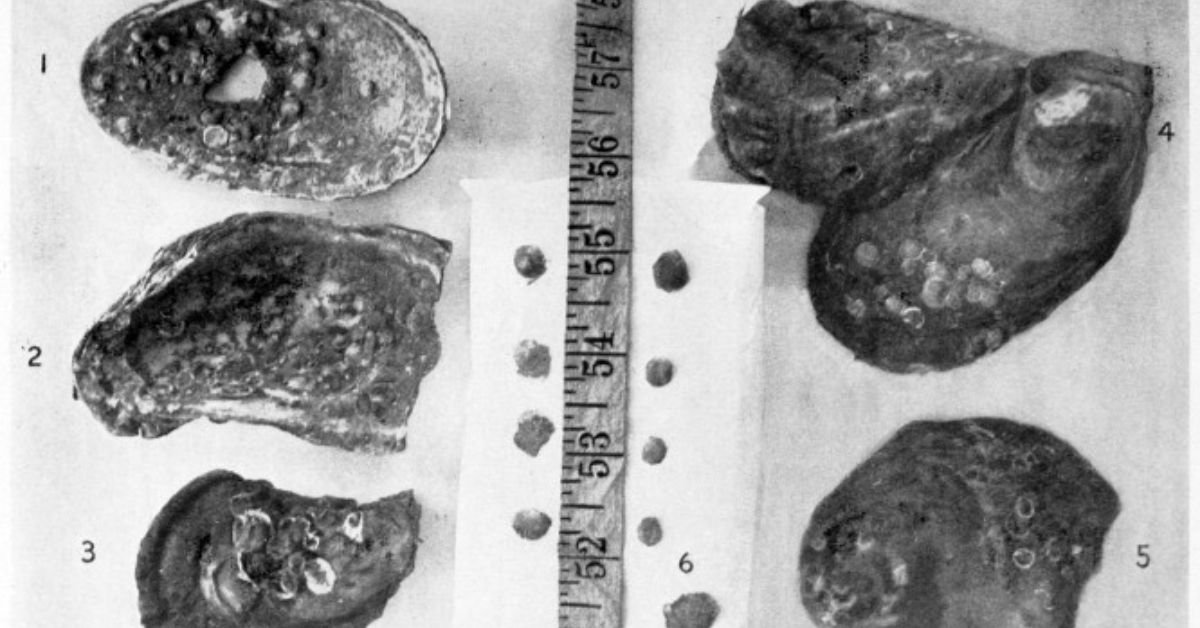The 507-Year-Old Clam That Predates Shakespeare
In a twist of tragic irony one of the the Oldest animals ever recorded on Earth-the nicknamed Ming the Clam lived through the cweturies of human history, only to be killed by scientiest try to confirm its age. in the year of 1499 they have been born, this humble Ocean Quahog Clam hold the title for the longest confirmed lifespan of any of the animals with hard countable body parts.
From surviving the ice ages to predating Shakespeare and the founding of the United States, Ming the Clam’s story is as fascinating as it is heartbreaking.
Who Was Ming the Clam?
- Species: Arctica islandica (commonly called the ocean quahog)
- Nickname: Ming (named after the Ming Dynasty, which ruled China during the clam’s birth year)
- Discovered: 2006, off the coast of Iceland
- By: Marine biologists from Bangor University, Wales, UK
Just How Old Was Ming?
Ming was originally estimated to be 405 years old. But later, using advanced cross-dating techniques—similar to those used in dendrochronology (tree ring studies)—scientists revised the age to a staggering 507 years. That made Ming the oldest known individual animal with a verifiable, measurable age.
Also Read:Car Driver Jobs in Armenia with Visa Sponsorship 2025: Your Ultimate Guide to Global Opportunities
How Do You Even Measure a Clam’s Age?
Like trees, ocean quahogs grow concentric rings on their shells each year. Scientists count these growth rings using a method called sclerochronology. The outer shell rings can show seasonal and environmental patterns, while the inner rings, more protected from erosion, give a more precise biological age.
To analyze these inner rings, researchers froze the clam to cut it open—a decision that ultimately ended Ming’s life.
Born Before Empires, Died in a Lab
Ming’s 507-year life stretched across five centuries. Here’s what Ming outlived:
- William Shakespeare (1564–1616)
- 🇺🇸 The founding of the United States (1776)
- The invention of the light bulb (1879)
- The telephone (1876)
- The internet (1983)
- Ming died in 2006, ironically due to the scientific process that aimed to celebrate its longevity.

The Controversial Death That Sparked Outrage
The scientific community and the public were stunned when news broke that Ming had been killed during the very research meant to honor it.
Critics called it a needless tragedy, questioning the ethics of sacrificing such a rare and ancient being for data, especially when non-lethal methods might have sufficed with more modern technologies.
Why Ming Still Matters to Science
Despite the controversy, Ming’s shell provided invaluable data that’s still helping researchers:
- Reconstructing climate history by analyzing oxygen isotopes and shell chemistry.
- Understanding longevity and how some species resist aging.
- Studying environmental shifts in marine ecosystems over centuries.
Ming didn’t just live through history—it recorded it in the rings of its shell.

Why This Ancient Clam Fascinates the World
Ming’s story continues to trend globally, captivating audiences across generations. From textbooks in India and Canada to science blogs in the UK and the United States, this humble clam has become a symbol of endurance, mystery, and human folly.
FAQs
Q: What species was Ming the Clam?
A: Arctica islandica, also known as the ocean quahog clam.
Q: Where was it found?
A: Off the coast of Iceland in 2006, by Bangor University researchers.
Q: How did it die?
A: It was frozen and dissected for research purposes, inadvertently killing it.
Q: What did scientists learn from it?
A: Insights into climate history, marine longevity, and biological aging.
Final Thoughts
Ming the Clam was not just a mollusk; it was a living time capsule. A survivor of centuries who, through a tragic accident, reminded us of the fine line between curiosity. As we search the seas for answers, Ming’s legacy urges us to respect the mysteries of nature, not just study them.
What Do You Think?
Would you have done the same if you were the scientist?
